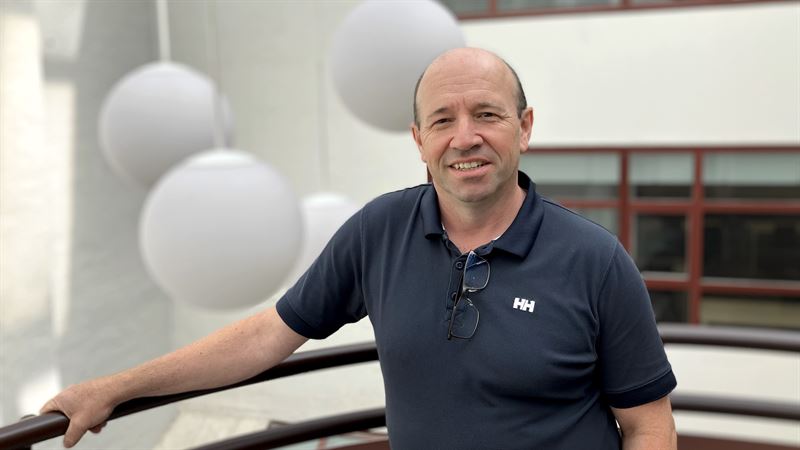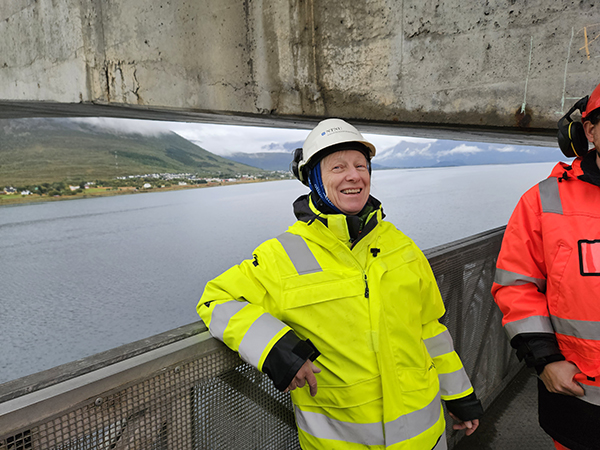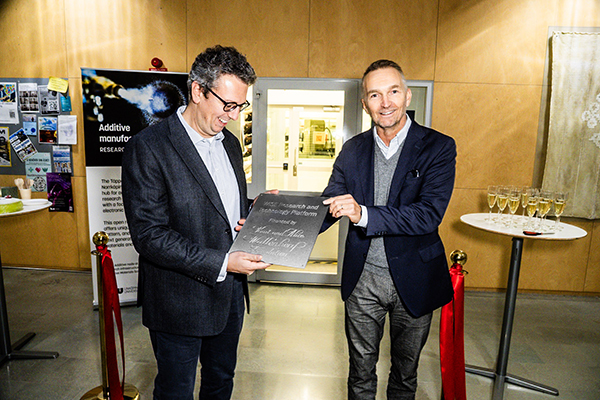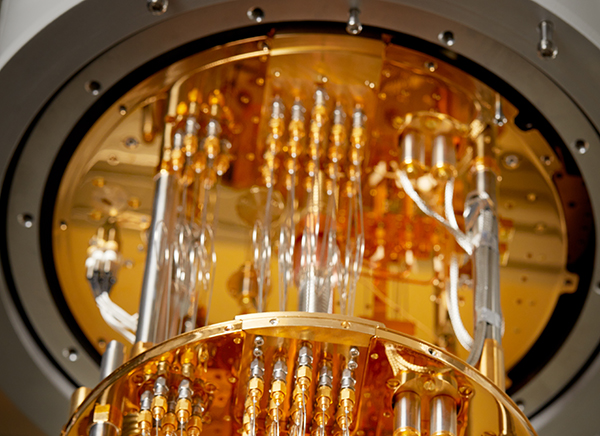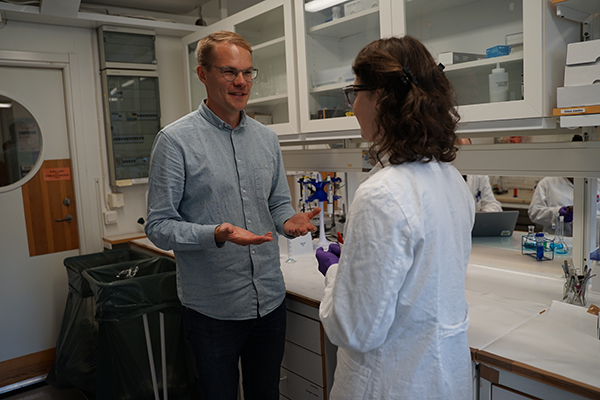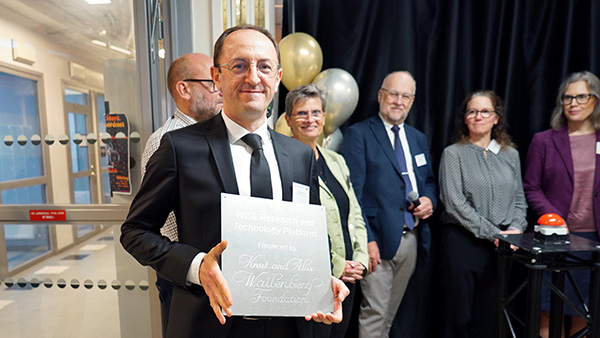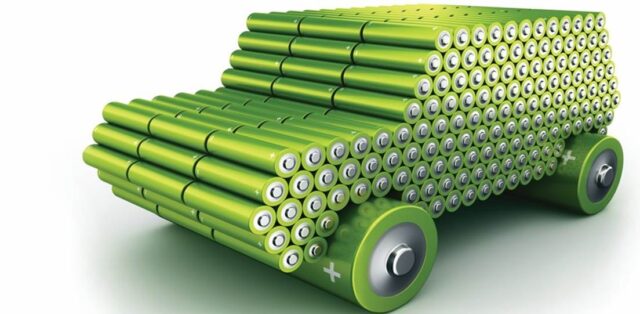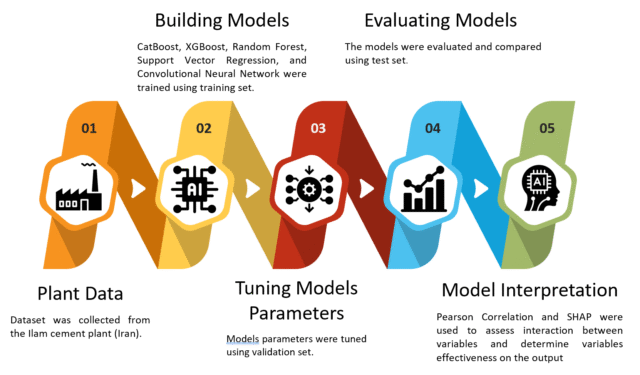Green hydrogen, a clean energy carrier using renewable energy, could help the steel industry reduce its carbon footprint. That means we could eventually be driving cars made with steel that’s a lot kinder to the planet.
To learn more about this shift, we spoke with Fabian Wenger, Head of R&D at Smoltek Hydrogen. The company is participating in a WISE funded research project together with Chalmers University of Technology and is working on cutting-edge process technology using carbon nanotechnology—tiny structures with big potential—to tackle some of the toughest materials challenges in this space.
What are some of the key research goals you’re aiming to achieve through this project?
“In clean energy devices, catalysts like iridium dioxide help speed up reactions. Iridium dioxide is great but expensive and can wear out. Platinum supports it like a strong setting for a gem. To use less iridium and platinum, researchers are testing mixes with other metals to find a good balance. Managing these materials is key for green energy.”
How can the innovations coming from this project help reduce the environmental impact of industries or everyday products?
“The changes will be felt everywhere in our daily life. Green hydrogen is the key to green steel production and green feedstock of hydrogen for a transformed petrochemical industry. We will be surrounded by materials that are compatible with net zero greenhouse gas emissions. Particularly in green steel Sweden is home to the technology leaders, and we can see the benefits of the complete value chain.”
Looking ahead, what’s next for this research? Are there any exciting developments we can expect in the near future?
“Yes, we will build a strong value chain with industry and research to bring our lab results to the growth of water electrolyser technology and to the green industrial transition.”
Finally, what would you say to people who may not be familiar with materials science or sustainability research—why should they care about this project?
“Take a look around you and imagine if all the materials around you are made from renewable energy sources and a sustainable handling of material flows. We all want to live there, don’t we?”
